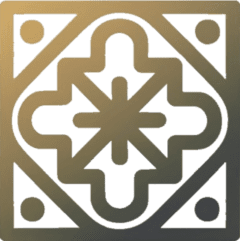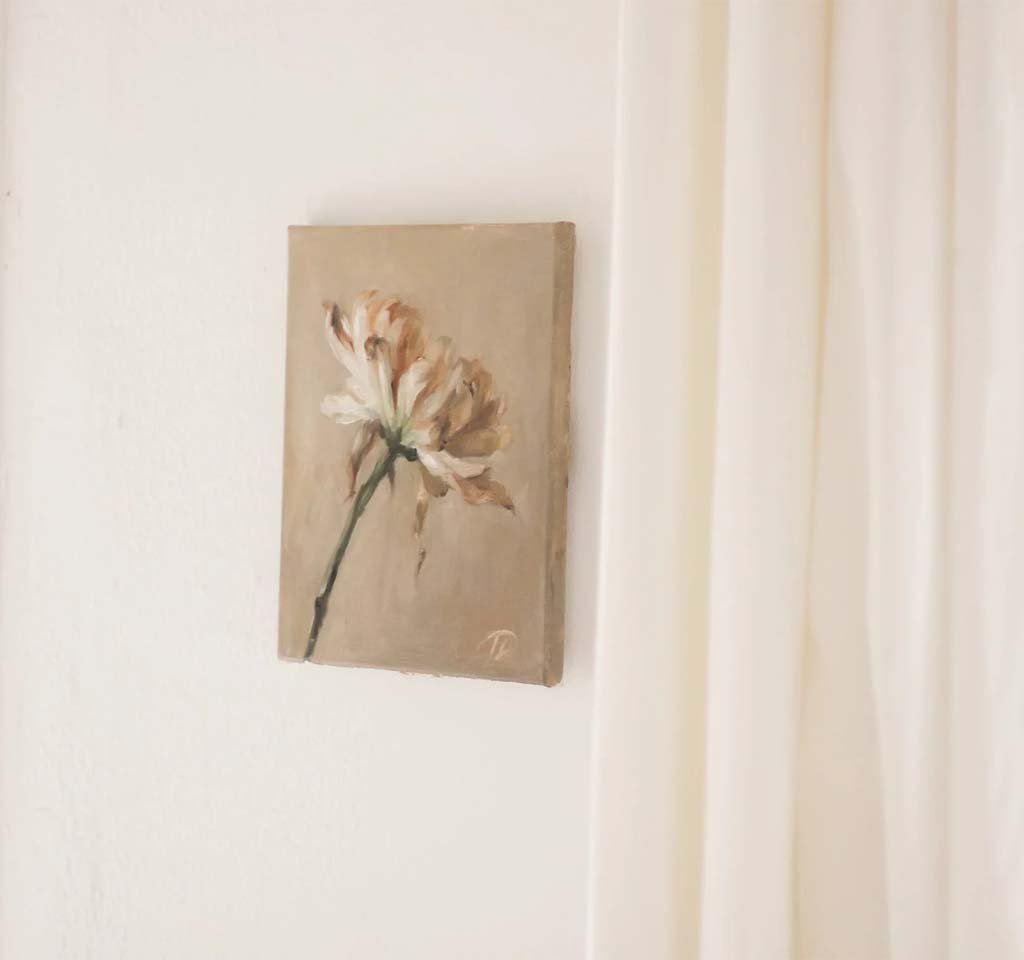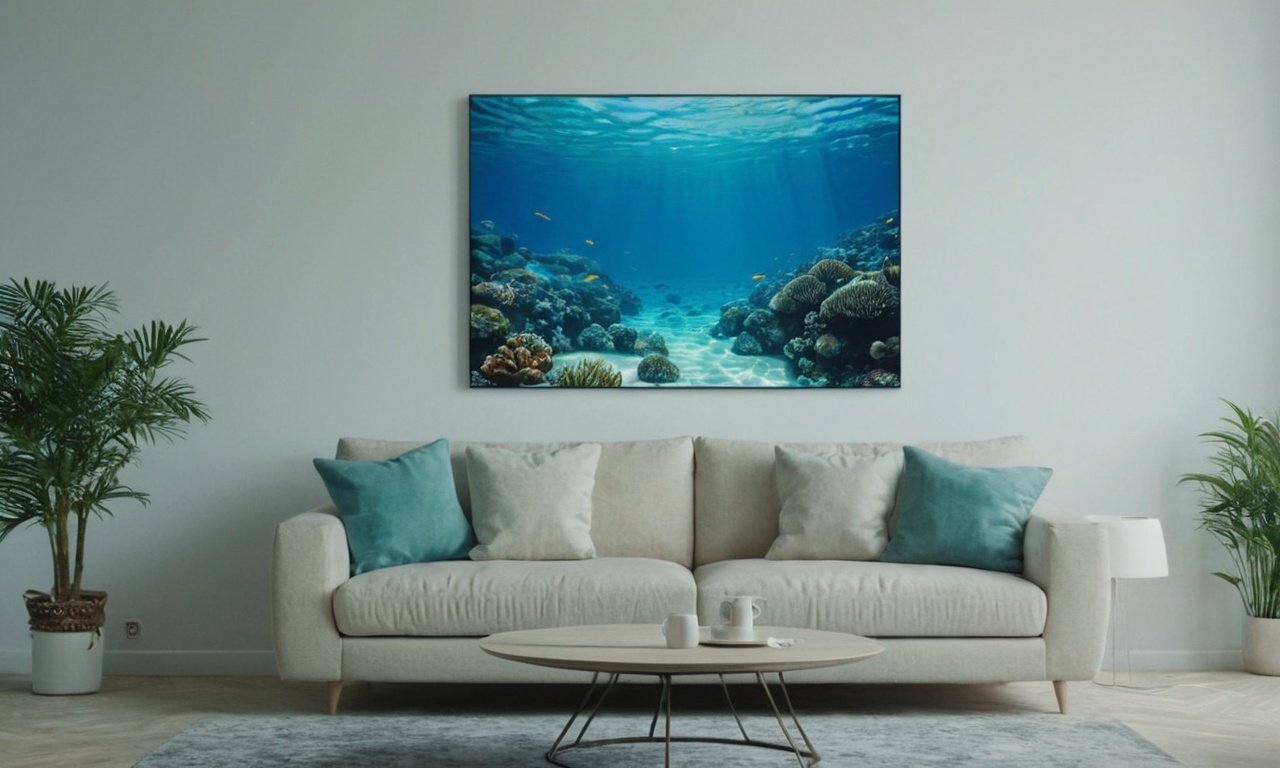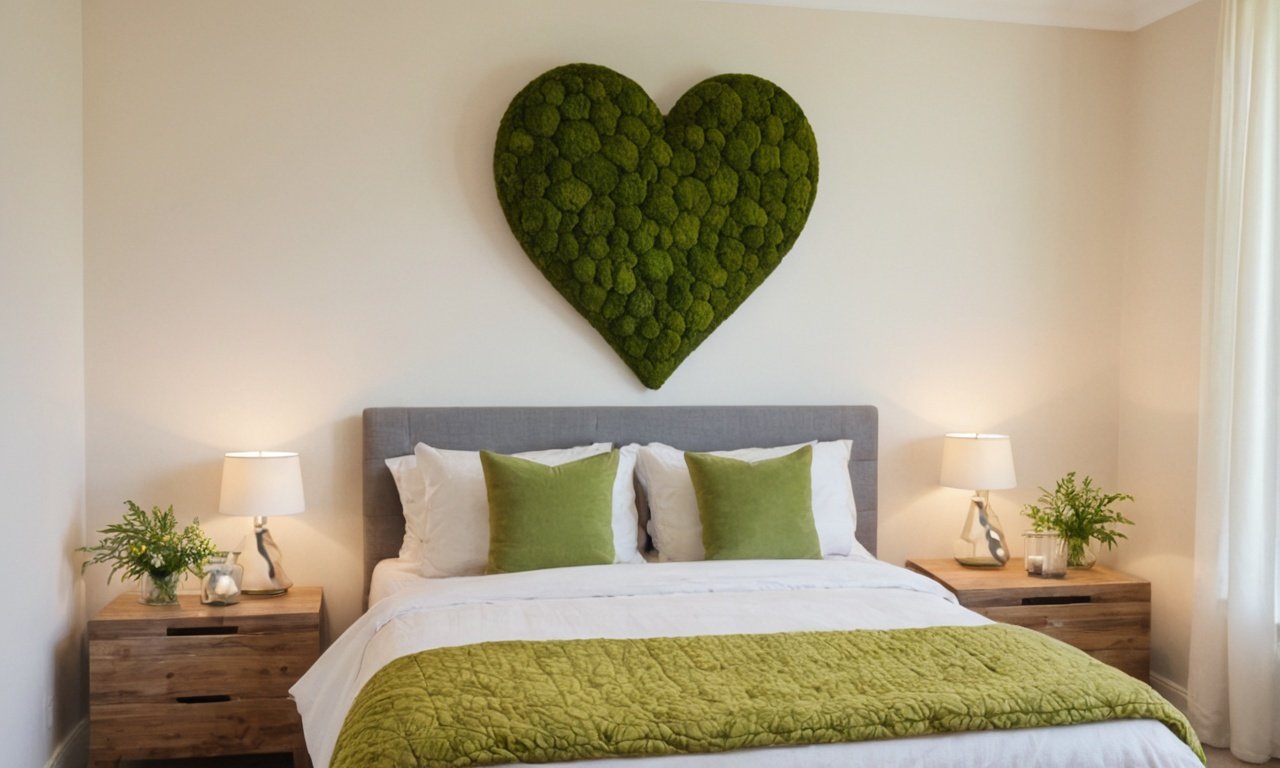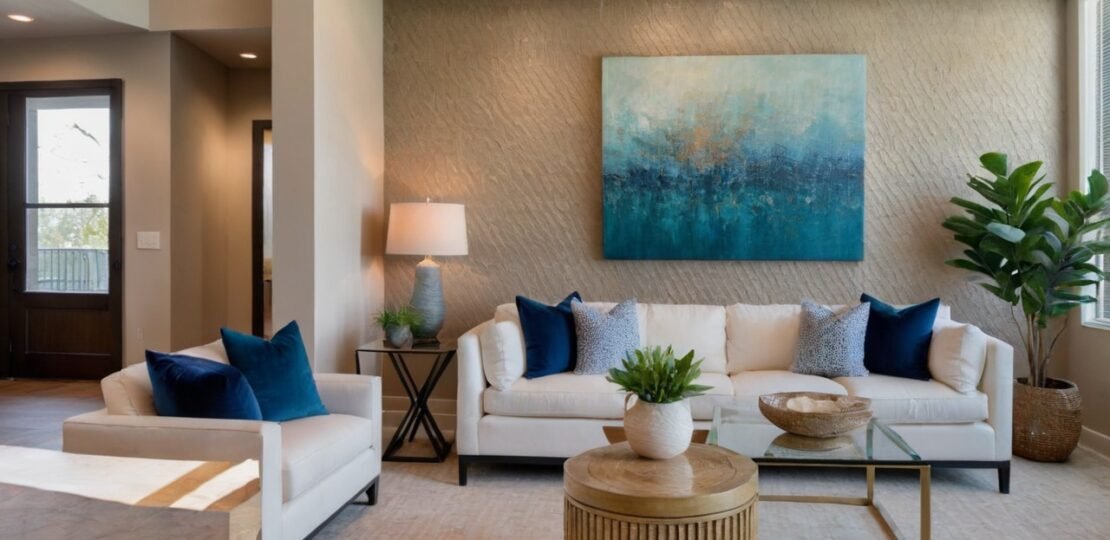
Table of Contents
Introduction: The Power of Textured Wall Art in Home Decor
Wall art plays a crucial role in home decor, as it has the power to transform a space and add personality to any room. It serves as a visual focal point, drawing the eye and creating a sense of depth and dimension. While there are various types of wall art available, textured wall art stands out for its ability to elevate the overall aesthetic of a space. By incorporating different textures into your home decor, you can create a visually stimulating environment that reflects your personal style and taste.
Understanding the Different Types of Textured Art

Textured wall art encompasses a wide range of materials and techniques, each offering a unique visual and tactile experience. Some popular examples include woven wall hangings, macrame, and 3D wall art. Woven wall hangings are created by interlacing different fibers, such as yarn or fabric, to form intricate patterns and designs. Macrame, on the other hand, involves knotting cords or ropes to create decorative patterns and textures. 3D wall art utilizes various materials, such as wood, metal, or acrylic, to create three-dimensional sculptures that add depth and visual interest to a space.
How to Choose the Right Textured Art for Your Home

When selecting textured wall art for your home, it’s essential to consider several factors to ensure it complements your existing decor seamlessly. Firstly, take into account the style and color scheme of your home. If you have a modern or minimalist interior, opt for textured wall art with clean lines and neutral tones. For a bohemian or eclectic style, embrace vibrant colors and intricate patterns. Secondly, determine the size and placement of the wall art. Consider the dimensions of the wall you intend to decorate and choose a piece that fits proportionally. Additionally, think about the mood and atmosphere you want to create in the room. Textured wall art can evoke different emotions, so select pieces that align with the desired ambiance.
DIY Textured Wall Art: Simple and Affordable Ideas
Creating your own textured wall art can be a rewarding and cost-effective way to personalize your space. There are numerous DIY ideas that utilize natural materials or repurpose items you already have. For instance, you can create a unique wall hanging by weaving together branches, twigs, or driftwood. Alternatively, repurpose old fabric scraps or clothing to create a patchwork wall art piece. To ensure your DIY wall art looks professional, pay attention to details such as symmetry, color coordination, and secure mounting. Take your time during the creation process and experiment with different textures and materials to achieve the desired effect.
The Impact of Color and Texture on Home Decor

Color and texture are essential elements in home decor, as they greatly influence the mood and atmosphere of a room. When it comes to textured wall art, the combination of colors and textures can create a visually captivating experience. Warm colors like reds, oranges, and yellows can evoke feelings of energy and excitement, while cool colors such as blues and greens promote calmness and relaxation. Similarly, textures play a significant role in setting the tone of a space. Rough textures can add a rustic or industrial feel, while smooth textures create a more refined and elegant ambiance. By carefully selecting colors and textures in your textured wall art, you can enhance the overall aesthetic of your home.
Creating a Focal Point with Textured Wall Art

Textured art has the ability to serve as a focal point in any room, drawing attention and anchoring the space. To create a focal point with textured wall art, consider its placement within the room. Choose a prominent wall or an area that naturally attracts attention, such as above a fireplace or behind a sofa. Additionally, select a piece that stands out from the rest of the decor, either through its size, color, or texture. By strategically placing textured wall art as a focal point, you can instantly elevate the visual impact of your space.
Combining Textured Art with Other Decorative Elements

To create a cohesive and visually pleasing look, it’s important to combine textured art with other decorative elements in your space. Mirrors can be an excellent addition, as they reflect light and create the illusion of a larger room. Place a mirror near your textured wall art to enhance its visual impact and add depth to the space. Additionally, incorporating plants or greenery can bring life and freshness to your decor. Consider hanging textured wall art near potted plants or creating a gallery wall with a mix of planters and artwork. By combining different decorative elements, you can create a harmonious and inviting atmosphere.
Textured Art for Small Spaces: Tips and Tricks

In small spaces, it’s crucial to use textured wall art strategically to avoid overwhelming the room. Opt for smaller-sized pieces that fit proportionally within the space. Consider vertical wall hangings or narrow sculptures that draw the eye upward, creating the illusion of height. Additionally, choose lighter colors and subtle textures to prevent the room from feeling cramped. By carefully selecting the size, color, and texture of your textured wall art, you can enhance the visual appeal of small spaces without sacrificing functionality.
Textured Wall Art for Different Rooms: Living Room, Bedroom, Kitchen, and More

Textured art can be incorporated into various rooms throughout your home to add character and visual interest. In the living room, consider large-scale pieces that serve as a focal point above a sofa or fireplace. In the bedroom, opt for softer textures and calming colors to promote relaxation and tranquility. In the kitchen, utilize smaller pieces or functional wall art such as spice racks or utensil holders. Each room presents unique opportunities to incorporate textured wall art, so consider the specific needs and ambiance of each space when making your selections.
Maintenance and Care for Textured Art
To ensure the longevity and beauty of your textured wall art, it’s important to properly clean and maintain it. Dust your pieces regularly using a soft brush or cloth to prevent the buildup of dirt and debris. For woven or fabric-based wall hangings, gently vacuum or spot clean as needed. Avoid exposing your textured wall art to direct sunlight for extended periods, as this can cause fading or discoloration. If your piece is made of delicate materials, consider using a protective spray or sealant to prevent damage. By implementing proper maintenance practices, you can enjoy your textured wall art for years to come.
Elevating Your Home Decor with Textured Wall Art

In conclusion, textured wall art has the power to elevate your home decor by adding depth, dimension, and visual interest to any space. By understanding the different types of textured wall art available and considering factors such as style, color, and placement, you can select pieces that seamlessly integrate into your existing decor. Whether you choose to purchase ready-made pieces or embark on a DIY project, textured wall art offers endless possibilities for personalization and creativity. By combining colors, textures, and other decorative elements, you can create a cohesive and visually captivating environment that reflects your unique style and enhances the overall aesthetic of your home.
RELATED POSTS
View all
